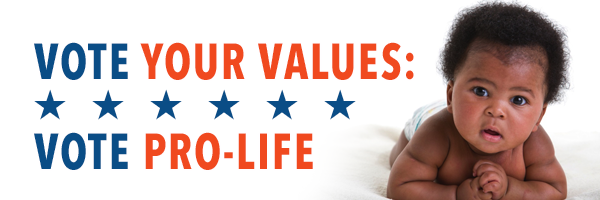The Growing Marriage Divide
There is no more important social institution to society than marriage. It has a host of social benefits for adults and children. The breakdown of the family is directly linked to all sorts of societal problems including crime, poverty, public health, and educational challenges. This is a reality that has been well documented for decades by social science.
The decline of marriage is also a primary contributor to the growth of government. It is hard to think of a social program that has not grown dramatically because of the breakdown of the traditional family. From just 1965 to 1999 the federal government spent $7.9 trillion on poverty programs as out-of-wedlock births quadrupled.
I should first note that most single parents do heroic work to successfully raise children. This is not a personal knock against any parent or condemnation of any child’s chance to succeed. Yet, in the big social picture, data is important for public policy considerations.
Growing up in a single-parent home can have both short and long-lasting effects. For example, 37% of single-parent families lack self-sufficiency (and are officially poor) compared with only 7 percent of married-couple families. Children living in single-parent homes are 50% more likely to experience poverty as children and even later as adults when compared with children from intact married homes. Welfare dependency is 1,700% more likely for children born outside of marriage than children born to a married mother and father according to the Heritage Foundation.
Marriage numbers are declining in America and in many parts of the world. There is now a very noticeable divide in the likelihood of marriage among the young. Increasingly in America, it is the devoutly religious who are the most likely to marry. This is largely due to shifts among the young in their views of marriage. (Many warned that one of the dangers of redefining marriage would be a devaluing of the institution.) While young people still desire marriage, the proportion of Millennials (those aged 22-40) who do marry has been declining as they prioritize other life goals such as education and career over marriage.
As for the religious divide, a 16-year recent longitudinal study found that 97% of highly religious men were likely to be married by their mid-40s, compared to only 65% of non-religious men.
This creates a social divide as reported by the Institute for Family Values. They found that married Millennials:
- were more likely to report satisfying and stable relationships compared to Millennials in other types of committed relationships;
- were more likely to have better access to health care, retirement benefits, and insurance compared to unmarried Millennials;
- reported better health and more regular exercise than those who weren’t married;
- were significantly less likely to report depression than single Millennials.
You can read more about this here: Marriage is Increasingly an Institution of the Highly Religious: Why That Might Be a Problem
